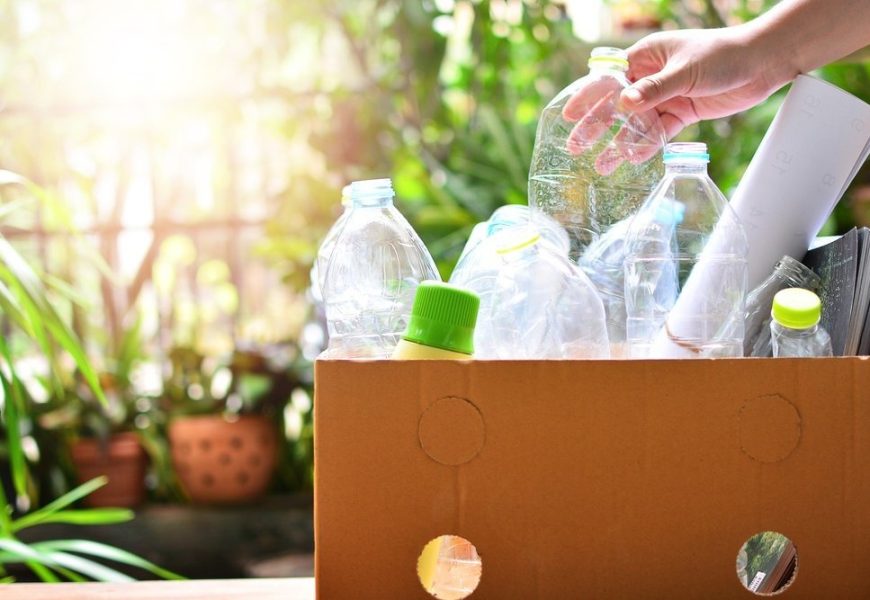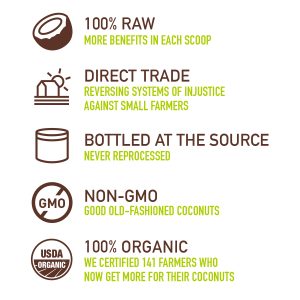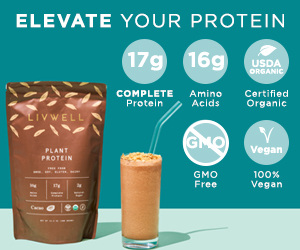The pervasive use of single-use plastic has become a global environmental concern, prompting individuals to reevaluate their daily habits and seek sustainable alternatives. Nowhere is this shift more crucial than in the heart of the home—the kitchen. From packaging to utensils, single-use plastic has infiltrated every corner of our culinary spaces. In this article, we explore various ways in which individuals can actively and effectively reduce their use of single-use plastic in the kitchen, fostering a sustainable and eco-friendly cooking environment.
1. Embrace Reusable Shopping Bags:
The journey to reduce single-use plastic in the kitchen begins at the grocery store. A simple yet impactful step is to replace plastic bags with reusable alternatives. Invest in sturdy, reusable shopping bags made from materials like canvas or recycled fibers. Keep these bags readily available for grocery trips, eliminating the need for plastic bags and contributing to a significant reduction in plastic waste.
2. Opt for Bulk Purchases:
Many grocery stores offer bulk sections where individuals can purchase items like grains, pasta, and snacks without plastic packaging. Bring your own reusable containers or bags to fill with these bulk items, reducing the need for individually wrapped products. Bulk purchases not only minimize plastic waste but also often result in cost savings for consumers.
3. Choose Products with Minimal Packaging:
When shopping for kitchen essentials, opt for products with minimal or eco-friendly packaging. Choose items packaged in glass, paper, or cardboard instead of plastic. Pay attention to brands that prioritize sustainable packaging practices, as supporting such initiatives encourages a broader shift toward environmentally conscious packaging in the market.
4. Ditch Disposable Cutlery and Plates:
Disposable cutlery and plates are major contributors to single-use plastic waste. Invest in durable, reusable cutlery and dinnerware made from materials like stainless steel, bamboo, or ceramic. Keep these items on hand for picnics, parties, or take-out meals to avoid relying on disposable alternatives. This small change can have a substantial impact on reducing plastic pollution.
5. Bring Your Own Containers:
When purchasing prepared foods or take-out meals, bring your own containers to avoid the use of disposable plastic containers. Many establishments are open to filling customers’ containers, reducing both plastic waste and the demand for single-use packaging. Consider keeping a set of reusable containers in your car or bag for unexpected food purchases.
6. Invest in a Reusable Water Bottle:
Single-use plastic water bottles are a common source of environmental waste. By investing in a durable and reusable water bottle, individuals can significantly reduce their reliance on disposable plastic bottles. Keep a reusable bottle with you, whether at home, work, or on the go, and fill it with tap water to stay hydrated without contributing to plastic pollution.
7. Explore Alternatives to Plastic Wrap:
Traditional plastic wrap poses environmental challenges due to its non-biodegradable nature. Explore alternatives such as beeswax wraps, silicone lids, or reusable cloth covers. These alternatives can effectively cover and preserve food while reducing the need for disposable plastic wrap. Making the switch to sustainable food coverings aligns with a commitment to minimizing single-use plastic in the kitchen.
8. Use Refillable Containers for Condiments:
Instead of purchasing single-serving condiment packets that contribute to plastic waste, opt for refillable containers. Purchase condiments in larger, glass or plastic containers, and refill smaller, reusable containers as needed. This practice not only reduces plastic waste but also often results in cost savings and eliminates the need for constant disposal of single-use packets.
9. Choose Loose Produce:
When shopping for fruits and vegetables, choose loose produce instead of pre-packaged items. Many supermarkets offer the option to buy individual pieces or use reusable produce bags. By avoiding plastic-wrapped produce, individuals contribute to the reduction of plastic waste and support more sustainable packaging practices within the food industry.
10. Make Homemade Snacks:
Individually wrapped snacks are often encased in layers of plastic, contributing to significant waste. Consider making homemade snacks and storing them in reusable containers. This not only eliminates the need for single-use packaging but also allows individuals to customize their snacks, promoting healthier and more environmentally friendly choices.
11. Compost Organic Waste:
Kitchen waste, particularly organic materials like fruit and vegetable peels, can contribute to the overall plastic waste stream if not disposed of properly. Establish a composting system for organic kitchen waste, diverting it from the landfill. Composting not only reduces the environmental impact of organic waste but also enriches the soil, creating a sustainable solution for kitchen waste management.
12. Seek Plastic-Free Alternatives for Cleaning:
Many kitchen cleaning products come in plastic packaging. Explore plastic-free alternatives for dish soap, cleaning sprays, and scrub brushes. Look for brands that offer refillable options or use sustainable materials for packaging. By choosing plastic-free cleaning products, individuals extend their commitment to reducing plastic waste beyond food-related items.
13. Participate in Plastic-Free Challenges:
Engaging in plastic-free challenges, such as Plastic-Free July, can provide a structured and supportive framework for individuals looking to reduce their use of single-use plastic. These challenges often provide tips, resources, and a community of like-minded individuals, fostering a sense of collective responsibility and accountability for reducing plastic consumption.
14. Educate and Inspire Others:
Spreading awareness about the environmental impact of single-use plastic and sharing personal efforts to reduce plastic consumption can inspire others to adopt similar practices. Engage in conversations, share information on social media, and encourage friends and family to join the movement toward a plastic-free kitchen. Collective action can create a ripple effect, contributing to a broader cultural shift.
15. Support Plastic-Free Initiatives:
Support businesses and initiatives that prioritize plastic-free practices. Choose products from companies that have committed to reducing their plastic footprint or have adopted sustainable packaging solutions. By aligning purchasing decisions with values, individuals can actively contribute to the demand for environmentally friendly alternatives and encourage businesses to adopt more sustainable practices.
In conclusion, reducing single-use plastic in the kitchen is a multifaceted effort that involves conscious choices, sustainable alternatives, and a commitment to long-term change. By embracing reusable options, minimizing plastic packaging, and advocating for plastic-free alternatives, individuals can play a pivotal role in mitigating the environmental impact of single-use plastic. The kitchen, often considered the heart of the home, becomes a transformative space where daily habits align with a broader commitment to sustainability—one that extends far beyond the confines of its walls.

















